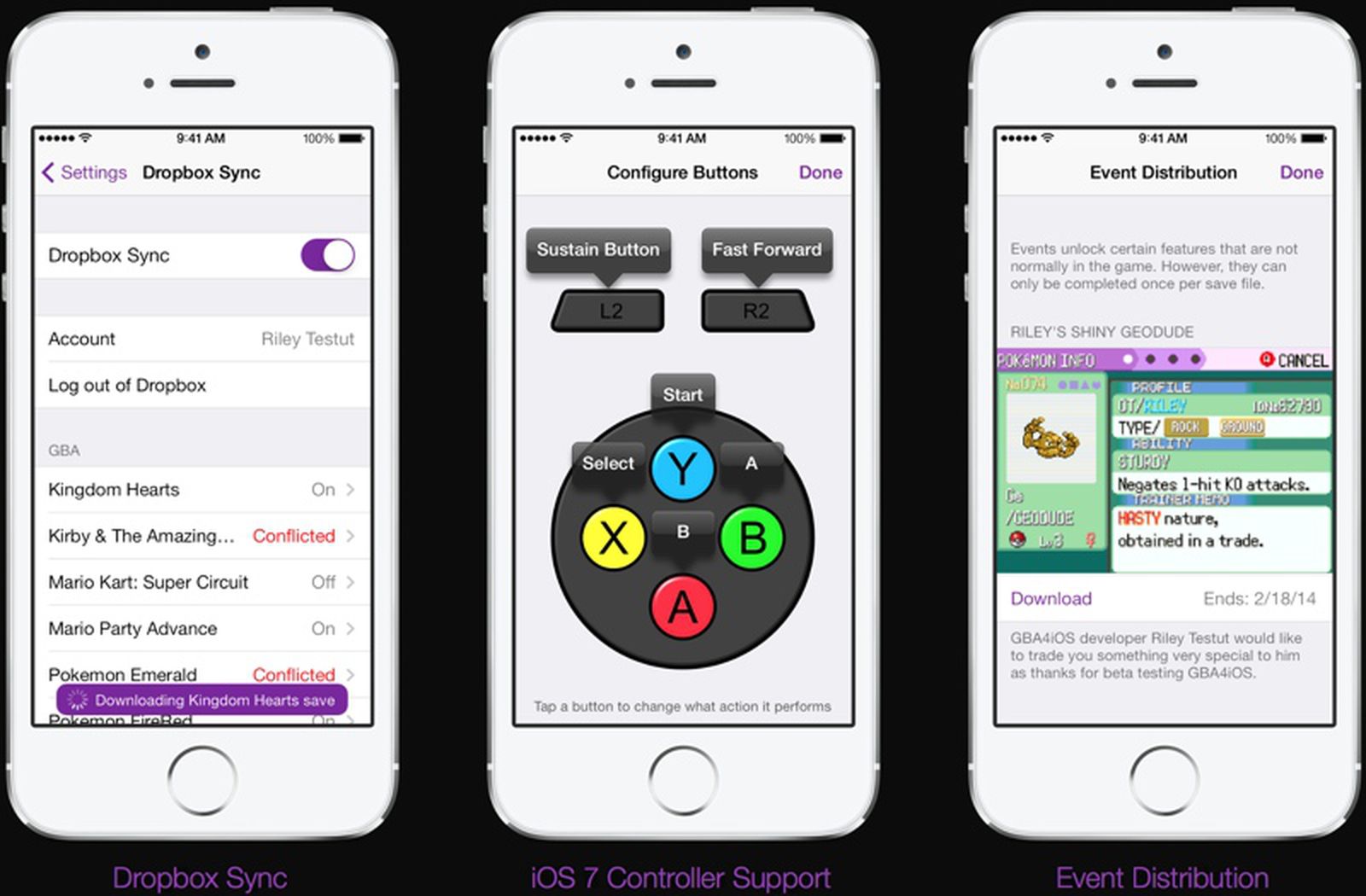

The safest options when looking for images for social media marketing are attribution-only and CC0 1.0 public domain licenses. This is the license to look for if you want non-copyrighted work.

In Creative Commons, this is listed as CC0 1.0 Universal (CC0 1.0). Public domain/No copyright: If a creator has waived all their rights, or the copyright has expired, the work enters the public domain.Attribution (CC BY): Basically the only requirement is to provide attribution.You can use it for commercial purposes, but you have to share your modified work with the same type of CC license and provide attribution. Attribution-ShareAlike (CC BY-SA): You can use the image and adapt it into something new.Attribution-NonCommercial (CC BY-NC): Same as the above, but without the requirement to use the same CC license on modified work.However, you cannot use it for commercial purposes, and you have to share your modified work with the same type of CC license and provide attribution. Attribution NonCommercial-ShareAlike (CC BY-NC-SA): You can use the image and adapt it into something new.So, for example, you can’t add overlay text, crop, or apply filters. Attribution-No Derivatives (CC BY-ND): You can copy and distribute the image, including for commercial purposes, but you can’t modify it.And, as the license name implies, you must provide attribution. Attribution-NonCommercial-No Derivatives (CC BY-NC-ND): This license means you can copy and redistribute an image – but you cannot modify it, and you cannot use it for commercial purposes.As you read them, keep in mind that marketing is very clearly a commercial purpose. Here are the different types of CC license you might find online. That means you can’t just assume you can use something because it has a CC license. They give artists the ability to get quite specific about how their work can be used. There are several different Creative Commons licenses. The video, created by Sean Riley, not only explains the history of Creative Commons but properly sources all the CC-licensed images, sounds, and so on, in the video description. Here’s a great example of CC license attribution in action on YouTube. You may have seen Creative Commons (or CC) licenses on sites like Flickr, YouTube, or Wikipedia. That devalues their work.Ĭreative Commons is a nonprofit organization that developed a set of licenses to help standardize copyright permission and attribution. If you post someone else’s image without permission, you’re getting likes and other engagement that should be going to the original creator. How the use affects the potential value of the original work.So, for example, quoting a couple of lines of text is more likely to be fair use than reprinting a whole paragraph or chapter. Other factors used to determine fair use include: In fact, one of the main questions used to determine fair use is “whether such use is of a commercial nature or is for nonprofit educational purposes.” Nonprofit and educational uses are much more likely to be considered fair use. You’ll notice marketing does not appear on this list. Copyright Act are “criticism, comment, news reporting, teaching (including multiple copies for classroom use), scholarship, or research.” Fair use is an exception that allows work protected by copyright to be used without permission in certain cases that are “ beneficial to society.”Ĭommon contexts for fair use laid out in Section 107 of the U.S. We’ll go into more details throughout this post. If you didn’t create it, you need permission to use it. That ownership gives you exclusive rights to display and reproduce what you create. In short: If you created an original image, you own it. Make derivative works based on the work (such as using an image as background in a video, or otherwise modifying the image).Translate the work (if it includes text).copyright laws), a copyright owner has exclusive rights to: Fortunately, 181 countries-including Canada and the United States-are members of the Berne Convention treaty, which sets basic copyright standards.Īccording to the treaty (and Canadian and U.S. The specifics of image copyright laws can vary a little bit among countries. All types of visual art are subject to copyright: Image copyright exists as soon as an image is created. This is automatic: Copyright exists even if the creator never registers their work with a copyright office. Anyone who creates an image holds its copyright, including the exclusive rights to copy or reproduce it. Image copyright is the legal ownership of an image. Bonus: Get the always-up-to-date social media image size cheat sheet. The free resource includes recommended photo dimensions for every type of image on every major network.


 0 kommentar(er)
0 kommentar(er)
